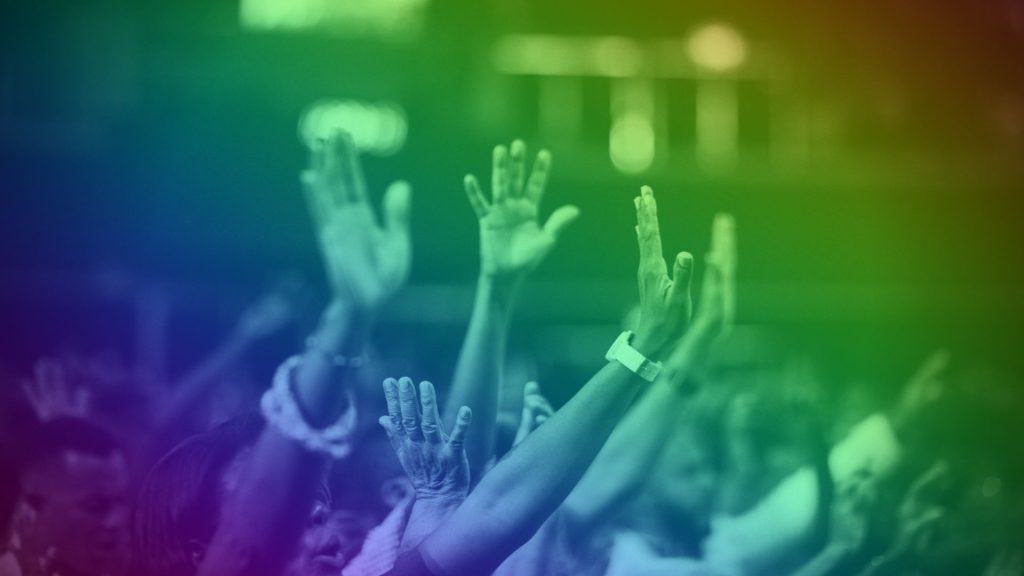
“We really have to move on now! If we now involve all stakeholders again, the new decision will never come.”
More complex issues almost always involve a wide range of stakeholders. These are also called the stakeholders. It is unthinkable to take autocratic decisions on these complex issues. Which means; Autocratic decision-making does not involve the participation and participation of others.
However, decision-making with large(er) groups of stakeholders also has disadvantages:
By tapping into the knowledge, experience and different visions of large groups you make it possible to make decisions with a higher quality than an individual can ever deliver. And then you could argue that when a group produces a higher quality decision, it is likely that the group will eventually achieve better problem solving than the individual. And let complex issues demand better and creative problem solving.
But then the question arises: How do you harmonize the different insights of all those involved, without this becoming an endless and time-consuming process?
The main aim of such a process is to obtain as complete a picture as possible of the situation and the choices at hand, so that the decision to be taken is well-founded and supported by all those involved.
Last Saturday the Burgertop 2022 took place in South Rotterdam, to which 10,000 Rotterdammers had received an invitation. Spilter is a partner of the initiator, the NPRZ National Program Rotterdam South . Using our GDSS software, we have incorporated the insights from 11 neighborhood discussions in the preparation, as well as the answers of participants to the online survey, in the set-up of this Citizens’ Summit 2022.
At the Citizens’ Summit, 100 participants had their opinions and wishes about South recorded in our system, which were then enriched with the ideas that were shared during 15 separately led table discussions.
All this data came together during the citizens’ summit, which in turn led to clear results in the prioritization with which the NPRZ can continue to improve Rotterdam-South over the next 10 years.
As a result, the NPRZ has a Top 10 of the most important topics in which life in South can be improved by the residents. For example, in the areas of housing, an attractive living environment and school. The 10 themes (and more) were thoroughly explored during all the moments when Spilter had shared control over questions and recording. Our software, analyzes and reports provide solid, well-founded knowledge about South Rotterdam and the lives and needs of its residents.
And that in a session of just a few hours.